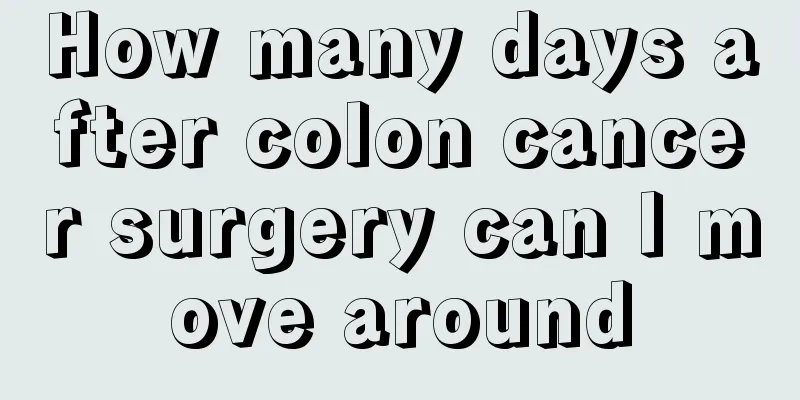There's a throbbing pain in my head

|
There are countless nerves in the human brain, and the nerves in the brain can sense pain and transmit it to the human sensory system. Some people experience throbbing pain in their brains. This may be neuralgia. People with neuralgia do not experience long-term pain, but only occasional pain, which feels like a knife digging into the head. It is very painful. Nerve pain can be relieved by medication. Let’s take a look at what is causing the throbbing pain in the head? The causes of headaches are very complex and the severity varies greatly. The common cold can cause headaches, and encephalitis, meningitis, and brain tumors can also cause headaches. Headache is often a danger sign of many diseases and may even be life-threatening if not treated promptly. Therefore, one should learn to preliminarily judge the severity of headaches and distinguish whether they are functional headaches or organic headaches. If one has the following types of headaches, one should seek medical attention as soon as possible to avoid delaying the condition. 1. For children and adolescents with chronic progressive headaches, accompanied by low-grade fever, vomiting, and stiff neck, and a history of tuberculosis, the possibility of tuberculous meningitis should be considered. 2. For middle-aged and elderly patients with hypertension or arteriosclerosis who suddenly develop headaches accompanied by dizziness, impaired consciousness, hemiplegia, etc., the possibility of cerebral hemorrhage should be considered. 3. When young and middle-aged people suddenly develop severe headaches accompanied by vomiting and mild impaired consciousness, the possibility of subarachnoid hemorrhage should be considered. 4. In winter and spring, if you have a sudden severe headache, accompanied by chills and fever, frequent vomiting, stiff neck, changes in consciousness, and blood spots (spots) on the body, you should consider the possibility of meningococcal disease. 5. Headache after head injury, accompanied by brief loss of consciousness, severe headache occurs again soon after waking up, accompanied by vomiting, irritability, and then gradually loss of consciousness. Serious intracranial damage should be considered and medical attention should be sought as soon as possible. 6. Headache accompanied by pain in one eye. Examination may show redness of the eyeball, dilated pupil, and decreased vision on the painful side. Glaucoma should be considered. It's best to go to the hospital for a detailed check-up! |
<<: How to heal blisters at the corners of mouth quickly
>>: There is a muscle pain on one side of my head
Recommend
Ten tips for summer health care
The weather is hot in summer and people are prone...
What issues should liver cancer patients pay attention to?
The liver is an important organ in the human body...
What are the symptoms of ovarian tumors
Do you know the symptoms of ovarian tumors? Ovari...
Air pollution is likely to cause melanoma
Air pollution is likely to cause melanoma, and th...
How expensive is pancreatic cancer treatment?
I believe everyone feels fear when it comes to ca...
Symptoms of heartburn
On TV, we often see a weak woman holding her ches...
Is there any way to completely prevent the recurrence of tongue cancer
Tongue cancer is also a cancer. This disease has ...
How to increase gastrointestinal motility
Many people have poor gastrointestinal motility. ...
The disadvantages of holding urine and its remedies
If you feel the urge to urinate, you need to go t...
Will a ruptured alveolus repair itself?
In daily life, alveolar rupture is a relatively c...
Diet after rectal cancer surgery is very effective for patients to recover early
In daily life, the occurrence of rectal cancer is...
What to do if you are stung by a crab
In life, many people like to eat some deep-sea pr...
Why did the jade dew turn brown?
Jade dew is a plant. It looks like a dewdrop in a...
Is there any relationship between bladder cancer and life expectancy
For diseases that endanger the patient's life...
The disadvantages of wiping your face with glycerin and white vinegar
In daily life, applying glycerin and white vinega...









